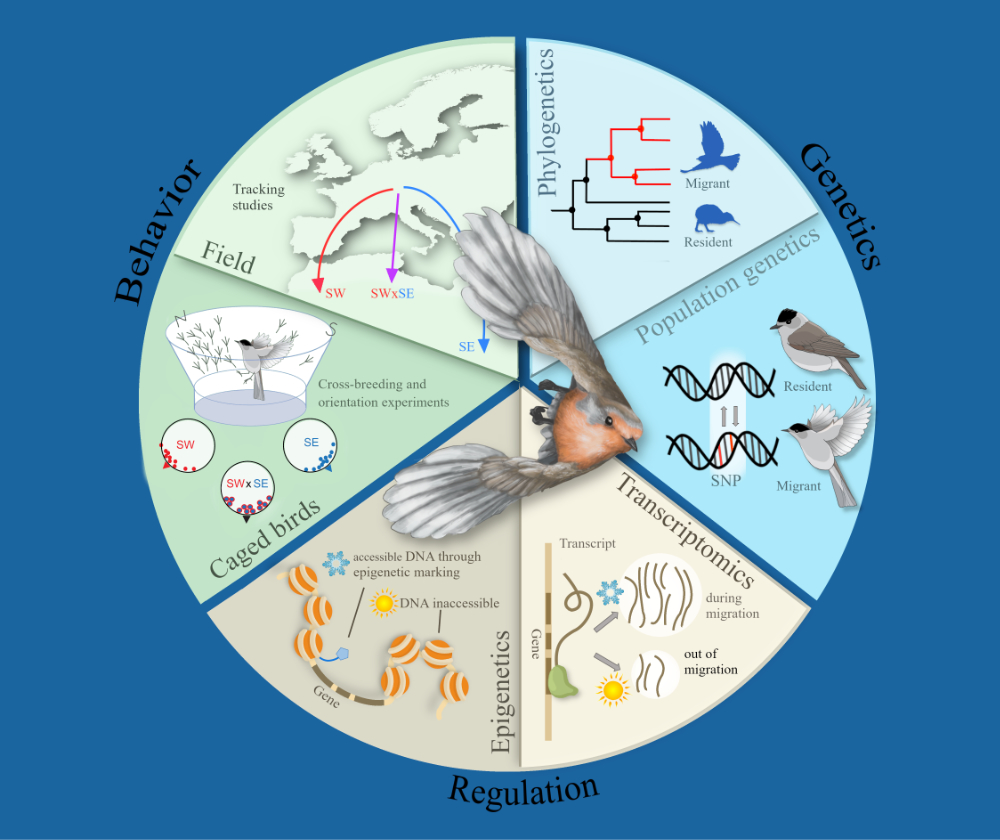Speaker
Description
Chao-min Xu, Meng-yu Hu, Yu-meng Wang, Gao Hu*
Migration is a behavioral strategy that allows insects to respond to seasonal changes in resources and the environment. Insect migration is regulated by external environmental factors such as nutrient conditions, temperature and humidity, photoperiod, and population density, as well as by intrinsic factors. Photoperiod, an important feature of seasonal changes, is a vital environmental cue affecting insect migration. But how the photoperiod affects insect migration remains vague. We investigated the effect of photoperiod on the willingness of insect migration and the critical stage for sensing the environmental cues with Cnaphalocrocis medinalis on laboratory-simulated conditions. We found that the peak of emergence occurs during the 5th to 6th hour of darkness at different photoperiods. The 2nd day female adults hardly took off under short day (11L:13D & 12L:12D), whereas the take-off ratio reached near 40% under long day (13L:11D & 14L:10D). Only sensing long day in the early stages of adult, was the proportion of take-off higher than sensing short day regardless of the photoperiod prior to emergence. Suggesting, long day is an important cue for C. medinalis to decide to migrate. We showed that sense a long day at 2nd days after emergence was crucial for C. medinalis to decide to migrate. Pupal stage and 1st day of adult were not sensitive to long light. Further research found that the take-off ratio increased after experiencing a long light period (14 hours), independent of the dark period. These findings advance our understanding of the regulatory mechanism of insect seasonal migration.

